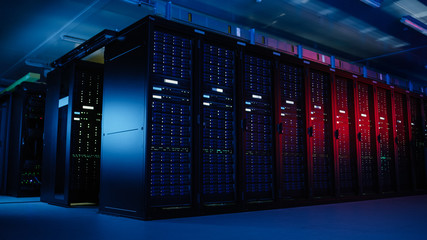Mainframes : Never old, Can be replaced ?
Mainframes : Never old, Can be replaced ?
This period marks the 71st birthday of the esteemed computer, a achievement that many thought the calculating terrace would never reach. In a world where smart new technology innovations appear almost everyday, apparently like the big, bulky mainframe wouldn’t be able to sustain.
The mainframe is not almost as popular as today’s new fields like Big Data or the cloud, But mainframes are still hard at work doing the tasks they have consistently accomplished. 67 of Fortune 100 companies stand to use mainframes for their most critical business functions. For example, when it comes to high-speed transaction processing, mainframes simply have no peer in terms of speed and the volume of transactions they can handle with high cost-effectiveness. That’s why Finance and Healthcare industries still lean on mainframes for their core operations. Despite its nickname - “the dinosaur” many customer interactions, such as credit card, debit card and other ATM transactions are carried out through high volume using mainframes . Banks also continue to depend on overnight mainframe batch runs to process customer statements, internal financial reports, and much more.
A 2020 survey uncovered that among the largest enterprise mainframe consumers, 90% visualize mainframe as a platform for new development and longstanding applications. And the thump goes on. IBM, a chief in mainframe technology for over 70 years, announced its latest mainframe offering, the IBM z16 with z/OS has a 20x reaction time with 19x greater throughput when inferencing distinguished to a similar x86 cloud server with 60ms moderate network latency.
Mainframes Adapting new ways


Good information
ReplyDelete